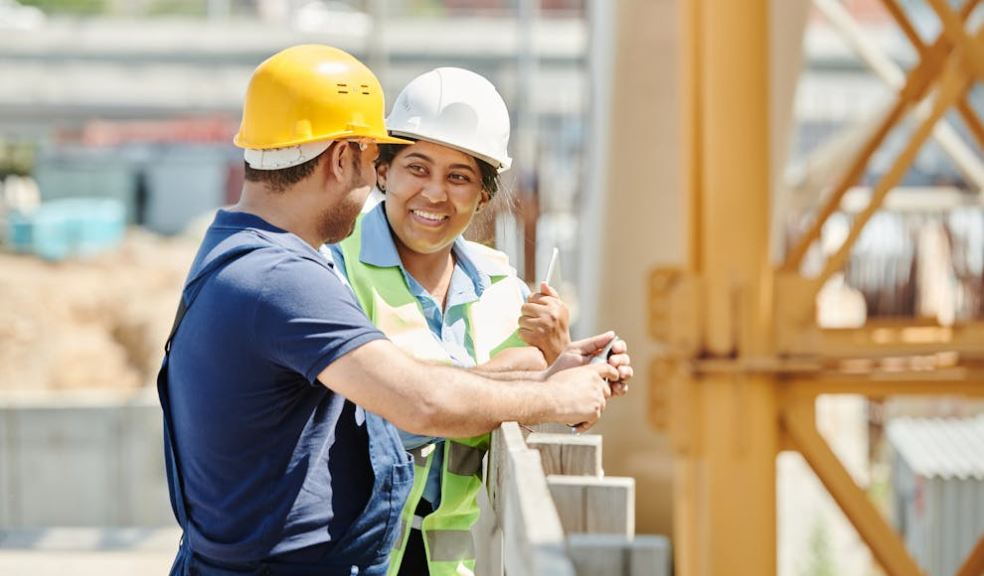
Staying Safe When You Visit a Worksite
Visiting a worksite can be exciting, especially if it is your first time seeing how things operate behind the scenes. Whether it is a construction area, a warehouse, an energy plant, or a factory, these environments are often busy and filled with activity. There might be machinery running and people working on different tasks simultaneously. That is why safety is always the priority when at a work site.
Before you start exploring or carrying out your tasks, it is important to understand that a worksite is not like a regular office. There are more risks, and even small mistakes can cause accidents. The good news is that staying safe does not have to be complicated. With the right preparation and a little awareness, everyone can move around confidently and securely. This is where site inductions play an essential role, helping every visitor and worker learn the basic safety rules that apply to that specific site.
Preparing Before You Arrive
Good preparation begins before you even step onto the site. Many companies now ask visitors to complete site inductions online in advance. This is a simple and convenient way to learn the main safety information before arriving. A digital induction might include short videos or simple questions to check your understanding. By completing it early, you will already know what to expect and how to behave safely once you arrive.
It is also a good idea to wear suitable clothing and footwear. Even if you are only visiting for a short time, it's best to wear closed shoes, long trousers, and weather-appropriate clothing. Avoid wearing jewellery, loose clothing, or open footwear, as these can create unnecessary risks. Once you reach the site, you will be given any additional protective gear that you need, such as a hard hat, high-visibility vest, or safety glasses.
Signing In and Understanding the Rules
When you arrive at the worksite, you will usually need to check in at reception or the site gate. This process ensures that everyone on the premises is accounted for. You might be asked to show identification and confirm who you are meeting. In some workplaces, visitors are given a badge that must be worn at all times. This helps staff identify you, making it easier for safety officers to keep track of who is on site.
After signing in, you will usually receive a short briefing or safety reminder. Even if you have already completed your site induction videos online, the staff may take a few minutes to go over the most important points again. This could include emergency procedures, areas that are off-limits, and rules for taking photos or videos. Listening carefully is important, as every site has its own set of rules based on its specific risks and operations.
Wearing Protective Equipment
Most worksites require personal protective equipment, also known as PPE. The type of PPE you need will depend on where you are going and what activities are taking place nearby. Common examples include hard hats, gloves, safety glasses, and reflective clothing. If you are unsure how to wear or adjust your PPE, ask a member of staff for help. It might seem simple, but making sure equipment fits properly is one of the easiest ways to stay protected.
PPE is not just for workers doing physical tasks. Even visitors who are only walking through certain areas may need to wear it. For example, if you are entering a construction site, a high-visibility vest ensures that drivers and machine operators can see you easily. These precautions may seem small, but they make a big difference in preventing accidents.
Paying Attention to Signs and Your Surroundings
Worksites are full of signs and signals designed to keep people safe. You will see different colours and symbols that warn you of hazards or give instructions. For instance, a red sign usually indicates danger or something that is prohibited, while blue and green signs often provide helpful information such as safe exits or first aid points. Paying attention to these signs helps you avoid restricted areas and understand what behaviour is expected.
It is also important to stay aware of your surroundings. Watch out for vehicles, moving machinery, or materials being transported around the site. Always walk on marked paths where possible, and avoid distractions such as using your phone. Staying alert and cautious helps keep both you and others safe.
Knowing What to Do in an Emergency
Even though emergencies are rare, it is important to know what to do if one happens. During your site inductions, you will be told where the emergency exits are and where to go if the alarm sounds. You will also learn about the location of first aid stations and the people responsible for helping during an emergency. If you hear an alarm, stay calm, follow the directions of site staff, and move toward the designated assembly area.
Never try to go back for belongings or take shortcuts. Emergencies are managed using specific procedures, and following them ensures everyone can be evacuated safely and quickly. Understanding these steps in advance helps you stay calm if the situation ever arises.











